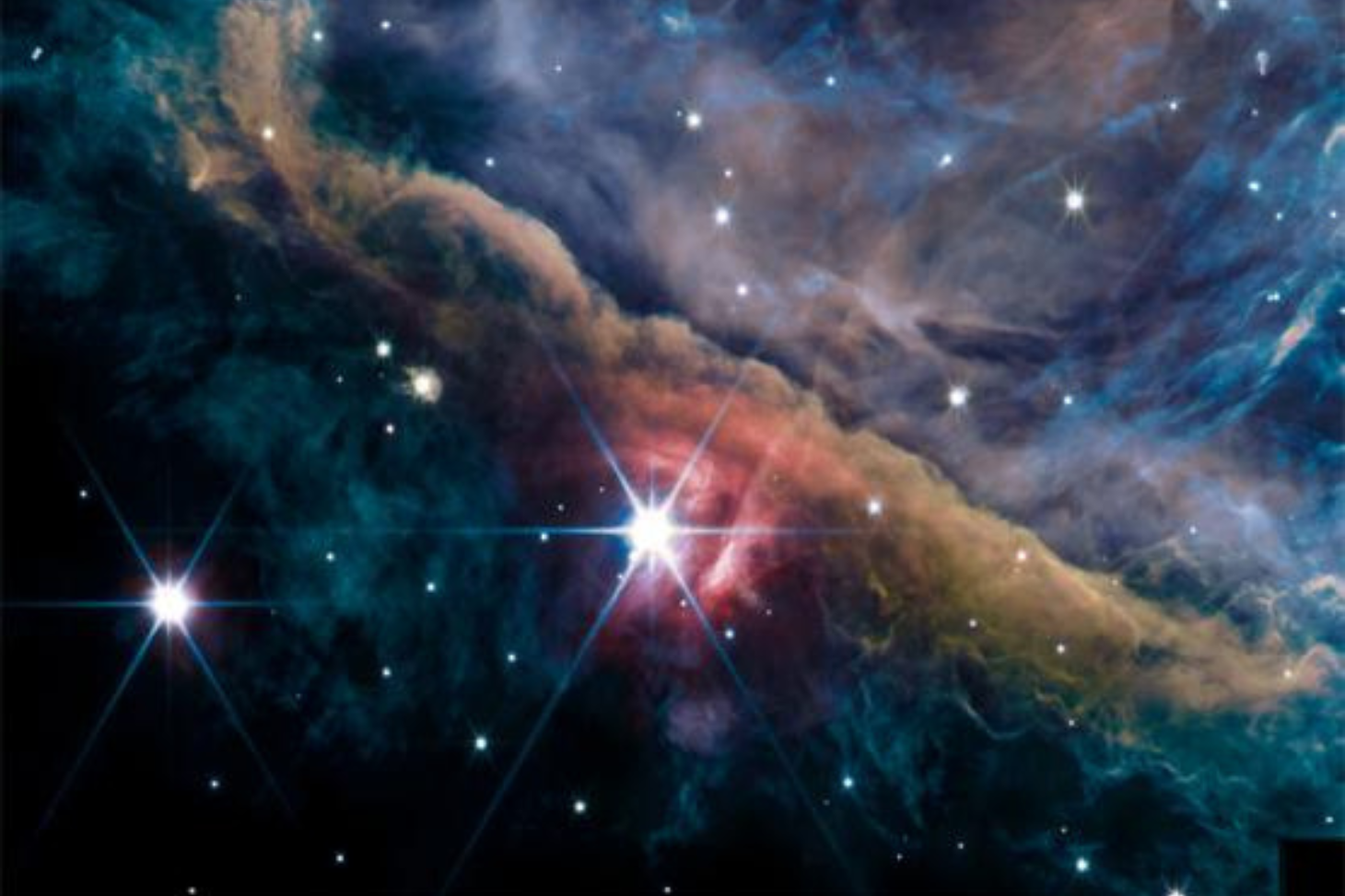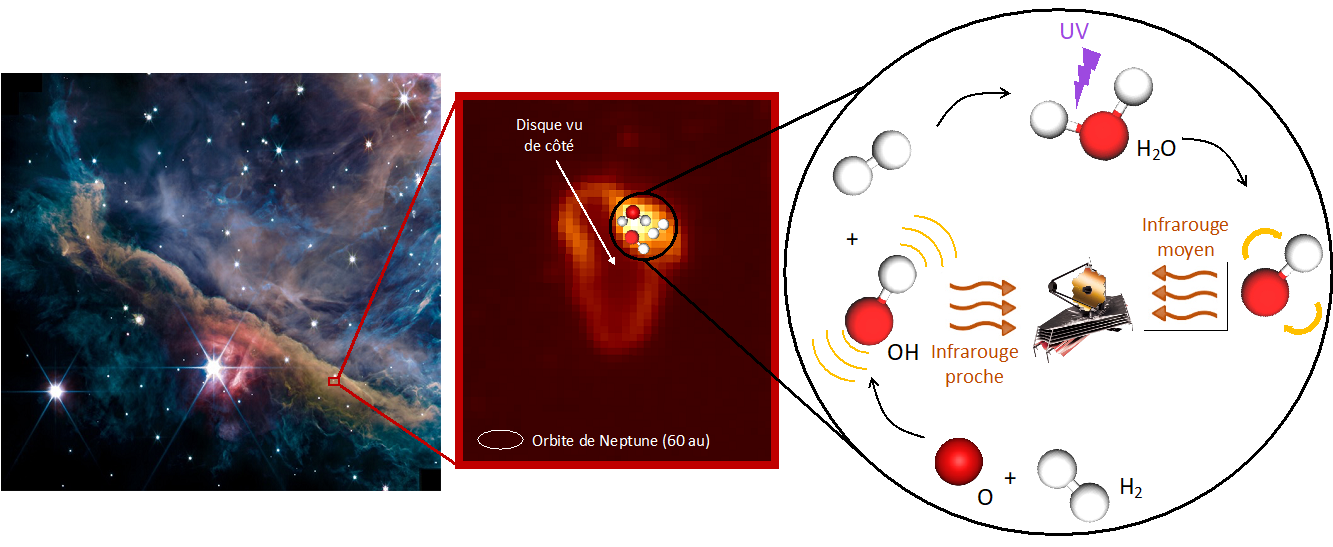OH as a probe of the warm water cycle in planet-forming disks
Marion Zannese, Benoît Tabone, Emilie Habart, Javier R. Goicoechea, Alexandre Zanchet, Ewine F. van Dishoeck, Marc C. van Hemert, John H. Black, Alexander G. G. M. Tielens, A. Veselinova, P. G. Jambrina, M. Menendez, E. Verdasco, F. J. Aoiz, L. Gonzalez-Sanchez, Boris Trahin, Emmanuel Dartois, Olivier Berné, Els Peeters, Jinhua He, Ameek Sidhu, Ryan Chown, Ilane Schroetter, Dries Van De Putte, Amélie Canin, Felipe Alarcón, Alain Abergel, Edwin A. Bergin, Jeronimo Bernard-Salas, Christiaan Boersma, Emeric Bron, Jan Cami, Daniel Dicken, Meriem Elyajouri, Asunción Fuente, Karl D. Gordon, Lina Issa, Christine Joblin, Olga Kannavou, Baria Khan, Ozan Lacinbala, David Languignon, Romane Le Gal, Alexandros Maragkoudakis, Raphael Meshaka, Yoko Okada, Takashi Onaka, Sofia Pasquini, Marc W. Pound, Massimo Robberto, Markus Röllig, Bethany Schefter, Thiébaut Schirmer, Sílvia Vicente, Mark G. Wolfire
Nature Astronomy le 23 février 2024
https://arxiv.org/abs/2312.14056



